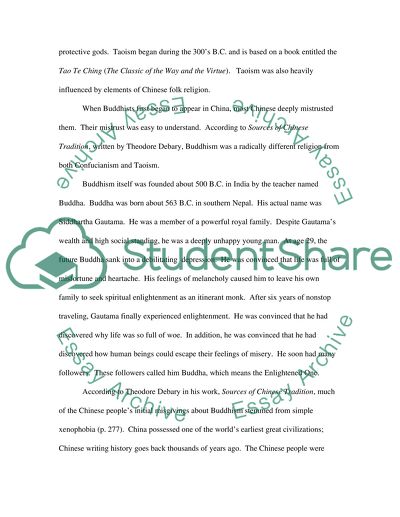Cite this document
(“Chinese Philosophy Essay Example | Topics and Well Written Essays - 3250 words”, n.d.)
Chinese Philosophy Essay Example | Topics and Well Written Essays - 3250 words. Retrieved from https://studentshare.org/miscellaneous/1505302-chinese-philosophy
Chinese Philosophy Essay Example | Topics and Well Written Essays - 3250 words. Retrieved from https://studentshare.org/miscellaneous/1505302-chinese-philosophy
(Chinese Philosophy Essay Example | Topics and Well Written Essays - 3250 Words)
Chinese Philosophy Essay Example | Topics and Well Written Essays - 3250 Words. https://studentshare.org/miscellaneous/1505302-chinese-philosophy.
Chinese Philosophy Essay Example | Topics and Well Written Essays - 3250 Words. https://studentshare.org/miscellaneous/1505302-chinese-philosophy.
“Chinese Philosophy Essay Example | Topics and Well Written Essays - 3250 Words”, n.d. https://studentshare.org/miscellaneous/1505302-chinese-philosophy.


